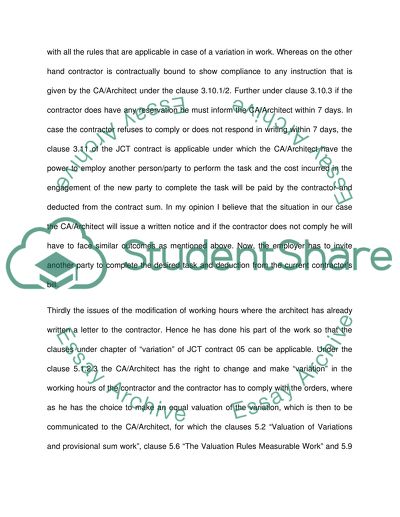Cite this document
(“Standard Building Contract Essay Example | Topics and Well Written Essays - 2750 words”, n.d.)
Retrieved from https://studentshare.org/law/1398824-standard-building-contract
Retrieved from https://studentshare.org/law/1398824-standard-building-contract
(Standard Building Contract Essay Example | Topics and Well Written Essays - 2750 Words)
https://studentshare.org/law/1398824-standard-building-contract.
https://studentshare.org/law/1398824-standard-building-contract.
“Standard Building Contract Essay Example | Topics and Well Written Essays - 2750 Words”, n.d. https://studentshare.org/law/1398824-standard-building-contract.


